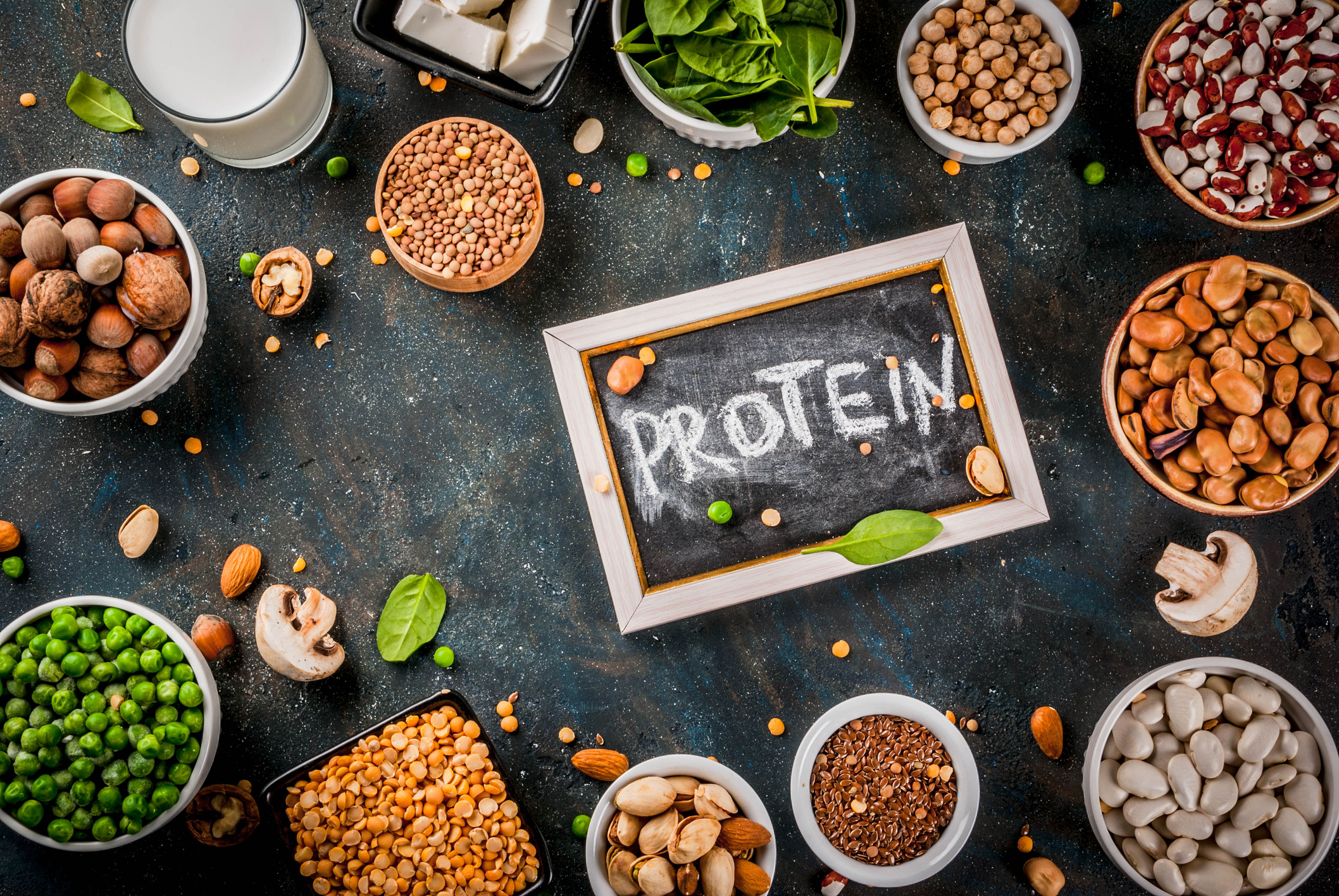
The researchers of LIKE-A-PRO wanted to take a food journey across Europe to explore the choices that people make when it comes to alternative protein foods (APF). They have conducted a comprehensive review of studies to uncover how geographical factors influence our dietary decisions.
Their findings revealed some interesting insights: They discovered that Europeans are not so ready yet to embrace APF. The levels of interest in trying and buying those proteins varied from low to moderate across the continent. But when they looked at specific regions, they found some interesting variations.
For instance, Scandinavian countries like Denmark are currently trying to change their diet to more sustainable. They are more open to insect-based proteins and show awareness of environmental issues. On the other hand, countries like Poland in Central-Eastern Europe seem to be behind, because they show lower levels of knowledge and enthusiasm for APF.
Surprisingly, they did not find much difference between urban and rural areas when it came to APF choices. Instead, it seems that bigger cities like country capitals, where people are exposed to international food trends, are the hotspots for APF adoption.
One interesting finding was the impact of the “local” label. Turns out, Europeans are more likely to choose APF if they seem as locally produced – a hint that connecting with the community might just be the key to winning over hearts and stomachs.
They also explored food environments to see how they shape our choices of APF. Food environments are different settings where you can find food, like supermarkets, farmer’s markets, restaurants, and online vendors. Each of these places has its own features that can influence what we put on our plate. For example, the way food is displayed in supermarkets or the habits of shoppers at specialty stores can make a big difference in whether we reach for APF or not. After reviewing research papers the team found some interesting patterns.
They discovered that just the perception of APF being available can nudge us towards choosing them. But it’s not as simple as it seems, there are barriers too. For example, while some people might be all for plant-based options in restaurants, traditional ideas of masculinity might hold them back from trying them out.
And it is not just about what is offered — it is also about how it is presented. The review found that mismatches between where APFs are available and where people prefer to shop can be a big barrier. For instance, if you're used to buying your groceries online but can't find your favorite APF there, you might stick to traditional stores instead.
Read more about the results in the scientific paper “Geographical context of European consumers’ choices of alternative protein food: A systematic review”, which has been in Food Quality and Preference, which is also the first scientific article published with the results from the LIKE-A-PRO project.
Read in Food Quality and Preference
The preprint of the article is also available on Zenodo with open access.